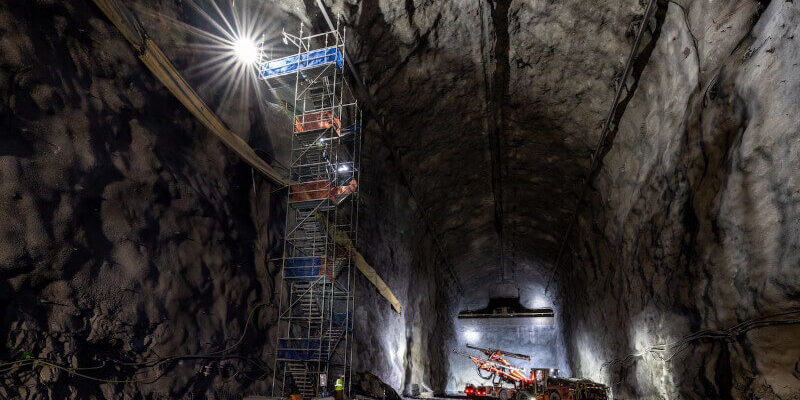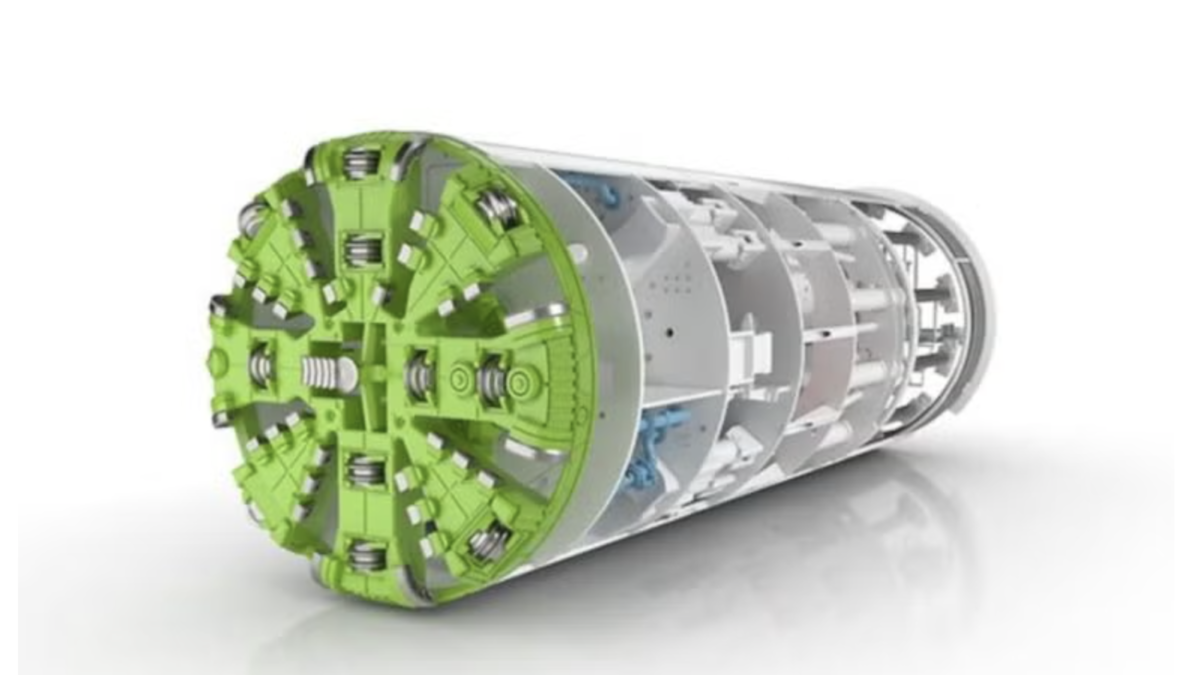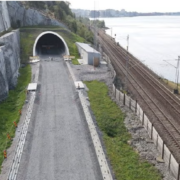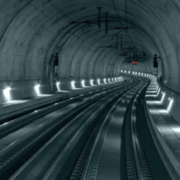
While the massive particle detectors for the international Deep Underground Neutrino Experiment (DUNE) is due to be located on three large caverns, their excavation process has been completed.
In order to finding out more about the universe, DUNE scientists will study the behaviour of particles known as neutrinos and the project’s host is the US Department of Energy’s Fermi National Accelerator Laboratory (Fermilab).
Providing space for four large neutrino detectors that each one is almost the size of a seven-storey building, the caverns are placed 1,600m beneath the surface at the Sanford Underground Research Facility in South Dakota. The detectors will be filled with liquid argon and record the rare interaction of neutrinos with the transparent liquid.
While trillions of neutrinos travel through our bodies each second, DUNE scientists are going to look for neutrinos from exploding stars and examine the behaviour of a beam of neutrinos produced at Fermilab, located nearly 1,300km east of Chicago. From there the beam will travel straight through earth and rock to the DUNE detectors in South Dakota. No tunnel is necessary for the neutrinos’ path.
US project director Chris Mossey said: “The completion of the excavation of these enormous caverns is a significant achievement for this project. Completing this step prepares the project for installation of the detectors starting later this year and brings us a step closer towards fulfilling the vision of making this world-class underground facility a reality.”
The date of commencing work to create the caverns was 2021and about 800,000 tons of rock has been dug.
Considering that the project team plans to begin the installation of the insulated steel structure that will hold the first neutrino detector in later this year, workers will soon start to fit out the caverns with the systems needed for the installation of the DUNE detectors and the daily operations of the research facility. The goal is to have the first detector operational before the end of 2028.
According to Fermilab’s Michael Gemelli, who managed the excavation of the caverns by Thyssen Mining: “The completion of the three large caverns and all of the interconnecting drifts marks the end of a really big dig. The excavation contractor maintained an exemplary safety record working over a million hours without a lost-time accident. That’s a major achievement in this heavy construction industry. The success of this phase of the project can be attributed to the safe, dedicated work of the excavation workers, the multi-disciplined backgrounds of the project engineers and support personnel.”
















